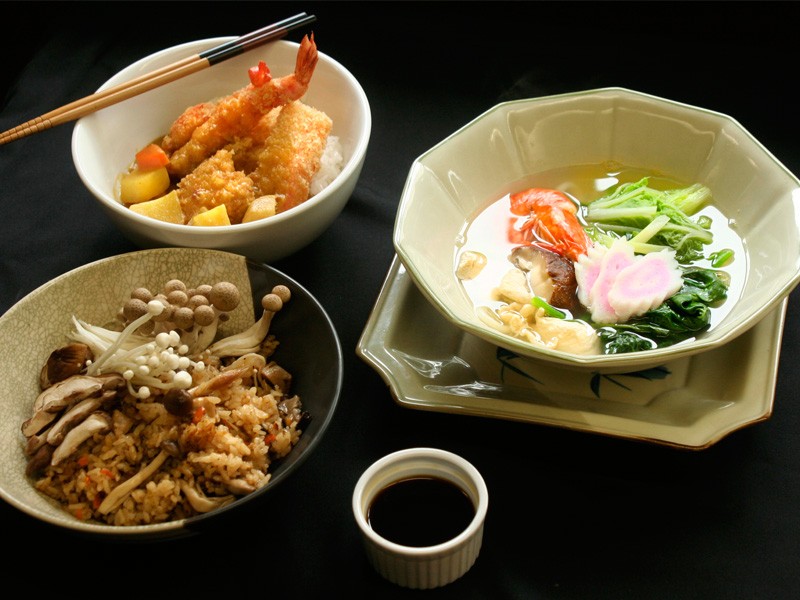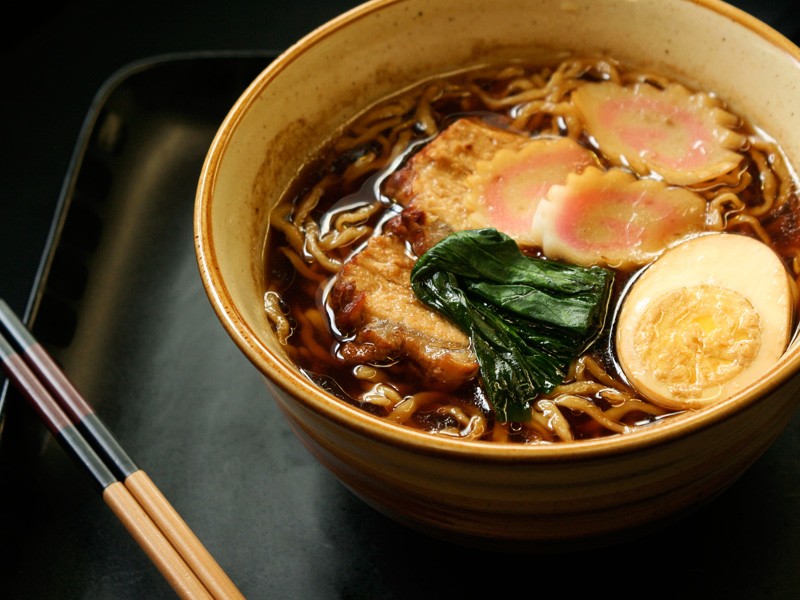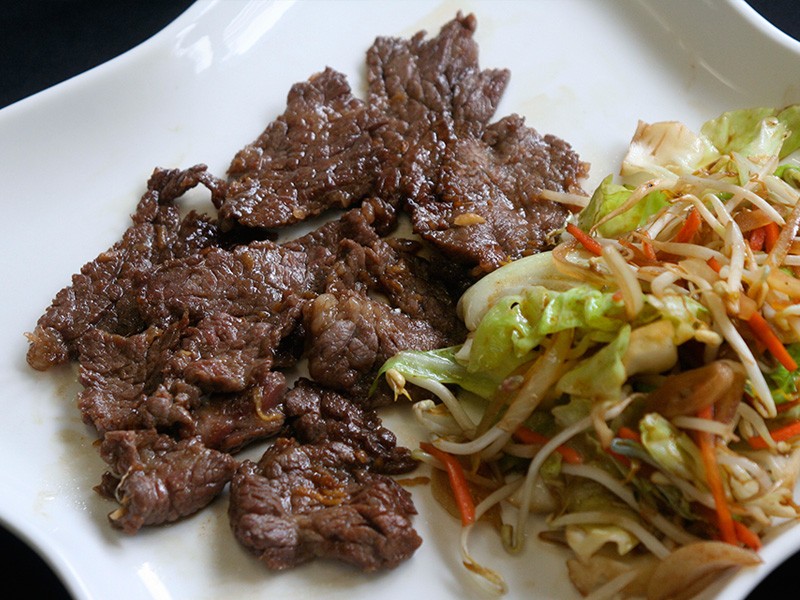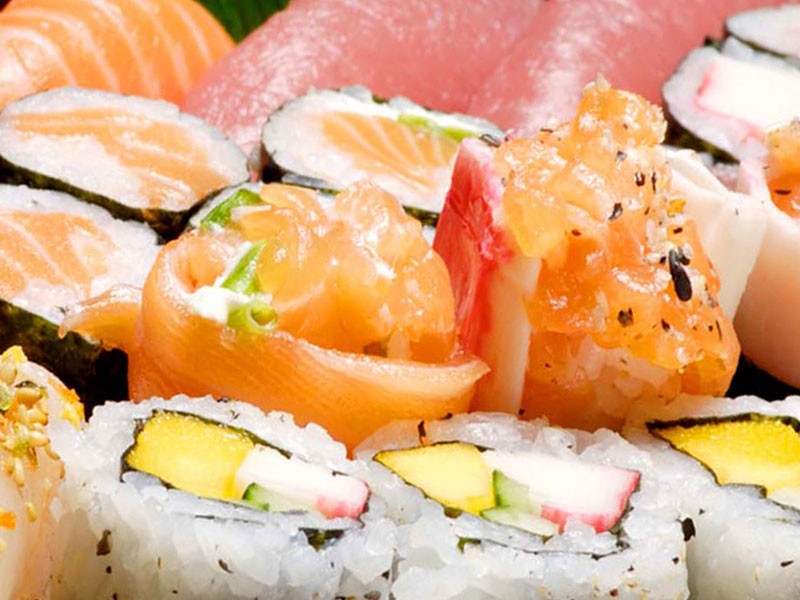Articles
Turning Japanese
Nowadays, it seems we’re obsessed with Japanese cuisine, and the growing number of thriving food establishments in the country is proof enough. From the high-end Nobu to the mass appeal of Ramen franchises, we’re hooked!
It’s the unique and pure flavors coupled with the seemingly simple yet elegant presentations that really make it stand out. But don’t let the simplicity fool you, because Japanese food is a lot about the process. Even the more basic dishes we’re familiar with like Ramen and sushi rely heavily on it.
On the other hand, Japanese cuisine is also known for a lot of complicated dishes and legendary cooking skill. Only the Japanese could have come up with a special way of serving fugu or blowfish, where all the poisonous (and deadly!) parts are removed and only the exquisite flavors remain.
The Japanese are also renowned for using the best ingredients. If you visit Japan, you’ll find that a lot of the tourist destinations are centered on food. The Tsukiji fish market is famous for the freshest seafood, while Iga, Matsusaka, and Kobe are all synonymous with the highest quality beef.
Kobe in particular is well known for its marbling abd being extremely tender. Specific type of cows are bred for this very purpose, and the meat subjected to all sorts of tests to be certified Kobe beef. That’s how much they care about their ingredients.
There’s a huge emphasis on making food look as amazing as they taste. From junk food to beautiful and colorful rows of sushi, to the adorable bento boxes they prepare for their children’s baon, it’s just really admirable how creative they are!
While there are many differences between Japanese and Filipino cuisines, we also share many similarities. They’re big on rice and have a lot of saucy dishes, just like we do, and they’re adventurous when it comes to ingredients just like us. So it’s no wonder why Japanese-Filipino fusion cuisine has been gaining popularity, as evidenced by restaurants like Ninyo and Manila Maki.
Above all, both our cultures place a lot of importance on family and what is served at home. That warm feeling of a home cooked meal is something that the Japanese and Filipinos look forward to—steaming bowls of soup and rice, paired with meat or fish and vegetables. And don’t forget the sauces!
If you want to broaden your culinary skills, Japanese food preparation is definitely something well worth taking the time to learn. We’re certain that’s a meal the entire family will look forward to!




